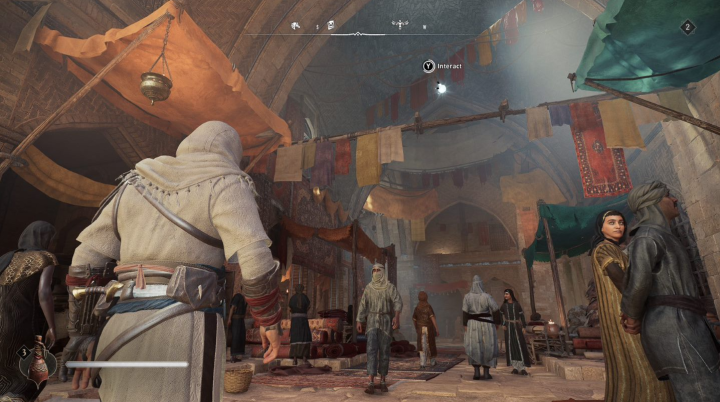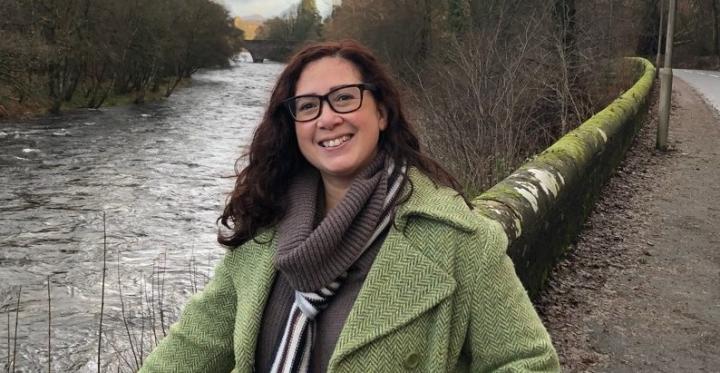An Edinburgh art historian has helped build an immersive, digital recreation of ninth century Baghdad for a bestselling video game series.

Glaire Anderson, of Edinburgh College of Art, has been working with game developers Ubisoft on the latest release of its popular franchise, Assassin’s Creed – called Mirage.
The senior lecturer in Islamic art provided the company with expertise to help create an authentic experience for millions of players.
Ubisoft prides itself on the accuracy and realism of the worlds it creates, encouraging gamers with its strapline ‘play your way through history’.
Glaire and two postgraduate students led intensive seminars on medieval Islamic art, architecture and archaeology for Ubisoft’s in-house history team.
Leading franchise
Assassin’s Creed Mirage is the 11th release in a franchise that has previously immersed players in ancient Greece, the French Revolution and American Civil War.
Eagerly-awaited Mirage follows the early years of protagonist Basim Ibn Ishaq, a pivotal character in Assassin’s Creed Valhalla, who is ‘seeking answers and justice’ in Baghdad.
Glaire and her students helped shape a new feature – the ‘History of Baghdad’ codex – which introduces students to the culture and traditions of the caliphal period.
Historic environments
Glaire began using video game engines during her research, to visualise historic environments and architecture. It was Glaire’s young son who suggested she take a look at Assassin’s Creed.
“I loved how they were visualising medieval Islamic monuments and urban environments,” says Glaire, who is also a part of the University’s School of History, Classics and Archaeology.
“When I learned they were engaging with museums and academics to enhance the educational aspects of their games, I reached out to Ubisoft’s head of world-building, historian Maxime Durand.”
The University’s commercialisation service, Edinburgh Innovations, helped Glaire formalise the relationship with Ubisoft.
Dramatic impact

The impact has been dramatic, enabling Glaire to take her research out of the University and share it with people of all ages who love playing video games.
The Edinburgh researchers are part of the University’s Digital Lab for Islamic Visual Culture & Collections.
The Ubisoft collaboration has been supported by the Economic and Social Research Council and the Barakat Trust.
“I respect what Ubisoft have achieved and how they are helping people to engage with history,” says Glaire.
“I’ve taught approximately three or four thousand university students in the US and the UK – that’s ordinary impact.
“Assassin’s Creed has introduced millions of players worldwide to medieval Islamic art, architecture, and history – that’s extraordinary impact.”
Inspiring initiative
Aileen Appleyard, Edinburgh Innovations’ Head of Business Development for the College of Arts, Humanities and Social Science, says the Ubisoft collaboration can inspire other researchers.
“It’s a brilliant example of the knowledge and expertise our academics can bring to a whole range of industry applications,” says Aileen.








